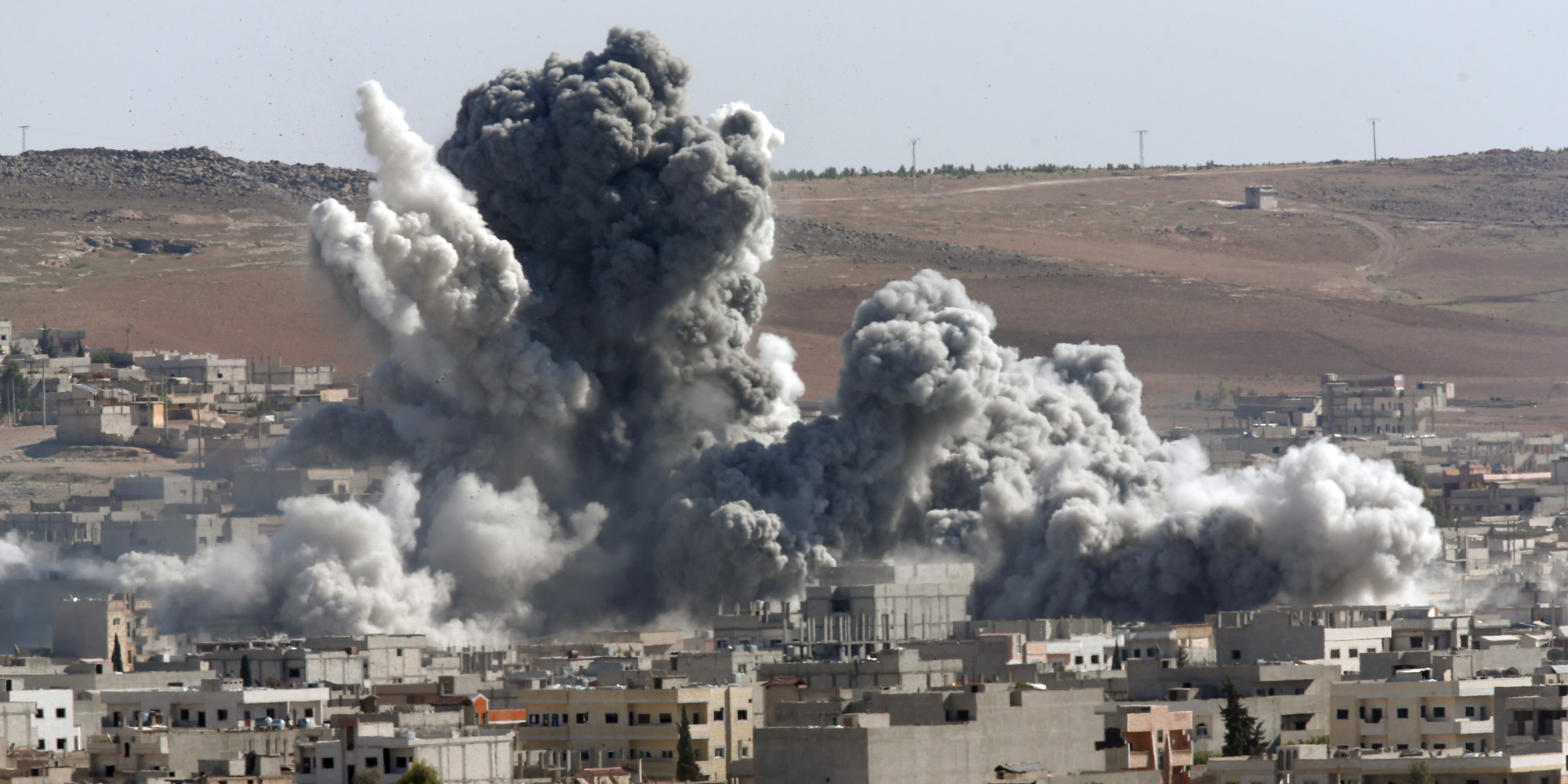The Impacts of the Syrian crisis on Afghanistan
Since the past Friday, the situation in Syria is dramatically changing. The Syrian government used Sarin chemical weapon in Khan Sheikhoun area of Adlib city which left 89 dead including 33 children. The attack sparked reactions internationally. The US, in response to this attack, launched 59 missiles on the Syrian airbase Shayrat. Many countries supported the US strikes but Russia and Iran fiercely reacted against it.
In the meanwhile, the US Secretary of States Rex Tillerson traveled to Moscow, the first visit by a high-ranking official of the Trump administration to Russia. However, during this trip, Russian President did not meet Tillerson, and hence it is the first time after the World War II that such a thing has occurred.
Before his trip to Russia, Rex Tillerson said in a meeting of G-7 countries that Russia must decide whether it stands beside the US against the Syrian regime or continues to support the Syrian regime, Iran, and Hezbollah.
How did the crisis in Syria emerged? How is Afghanistan linked to it? And how will the new predicament in Syria affect Afghanistan? These are the questions that are looked into in this issue of Weekly Analysis.
Arab Spring and Syrian Crisis
In 2011, democratic uprisings arose against the authoritarian and imposed governments in the Middle East, which in political dictionaries and the media was referred to as the “Arab Spring”. These uprisings removed the Tunisian President Zine el-Abidine Ben Ali and then the Egyptian President Hosni Mubarak from power one after another. Economic factors, tyrant and imposed governments, lack of freedom and some other reasons were behind these uprisings.
In March 2011, these uprisings spread to Syria as well. However, Bashar-al Assad ferociously suppressed these uprisings, and hence many people were killed in the process. Later-on, some soldiers split up from Assad’s military and started a war against him. In the meanwhile, some other groups such as Al-Qaeda (primarily Hezb-an Nusra), ISIL, Kurdish forces and some other groups began their activities against Assad.
The groups mentioned above are not the only parties engaged in the Syrian crisis, but some foreign countries are also involved. Russia, Iran and China back Bashar-al-Assad and Turkey, the US, Saudi Arabia and some Arab and European countries support anti-Assad groups.
Approximately 465 thousand Syrians have lost their lives, and one million other Syrians are wounded, and nearly half of the Syrian population (12 million) are displaced since the beginning of the Syrian crisis six years ago, making it the bloodiest war in 21st century.
Afghanistan and Syrian crisis
Afghanistan is influenced by Syrian crisis even from the beginning. When Islamist uprisings arose in Syria and then were subdued by Bashar-al Assad, some Islamists in the country (Afghanistan) reacted in favor of Syrian uprisings and against Assad and not only through social media but also through conducting demonstrations.
However, due to his oppositions with the US, the then Afghan President Hamid Karzai congratulated President Assad for being selected as the Syrian President following the presidential elections in Syria.
In additions, some Afghans went to Syria to fight against Assad and some other to fight alongside with pro-Assad forces. Most of the Afghans who fought for Assad were Shiite Afghans and those Afghans who fought against him were Sunni. Although it is hard to state the exact number of Afghans fighting in Syria but according to various media outlets, approximately 20 thousand Afghan Shiites are fighting in Syria. It is also said that an Afghan militia group “Liwa Fatemiyoun” is formed in Syria which has 10 to 14 thousand members. About the Afghan Sunnite fighters, however, there exist neither any statistic nor any estimation.
The new crisis in Syria and its impacts on Afghanistan
Notwithstanding the fact that it is not the first US strike on Syrian soil, before this the US has carried out many airstrikes on ISIL-controlled areas as well as some hospitals of Médecins Sans Frontières (MSF), it is the first time US attack on Assad’s forces. After these attacks, relations between the US and Russia reached an all-time low. Russia immediately suspended the 2015 memorandum of understanding on the air operations, an agreement to minimize the risk of in-flight incidents between US and Russia aircraft operating over Syria. Russia said that this step by Washington was causing significant damage to Russian-American relations and that the current situation was in a deplorable state. The US, on the other hand, said that Russia’s support of Assad was concerning and demanded from Russia to either stand alongside the US or Bashar-al Assad.
In the current situation, while Bashar-al-Assad is fighting with his own people, the presence of a large number of Afghan Shiites in Syria could, to a greater extent, damage Afghanistan’s soft power in Arabian countries and would also decrease relations between the nations of these countries. On the other hand, it is said that if these Afghan fighters returned from Syria back to Afghanistan, they would create a security challenge for the Afghan government and would pave the way for a newly erupting sectarian war.
Coordination between the US and Russia is another issue that could be affected by the widening tensions between the two countries in Syria, which can be a significant challenge to the Afghan government. Currently, Afghanistan is the only place where Russia could pressurize the US. All these come at a time when Russia has established good relations with the Taliban and its military and political ties with Pakistan is strengthening as well.
The end.

